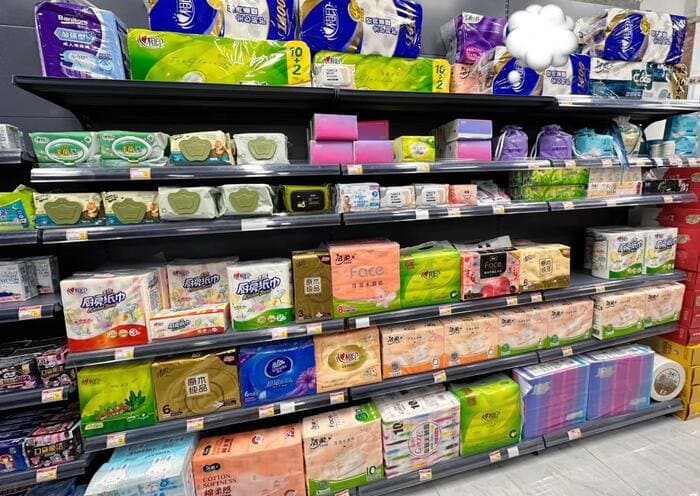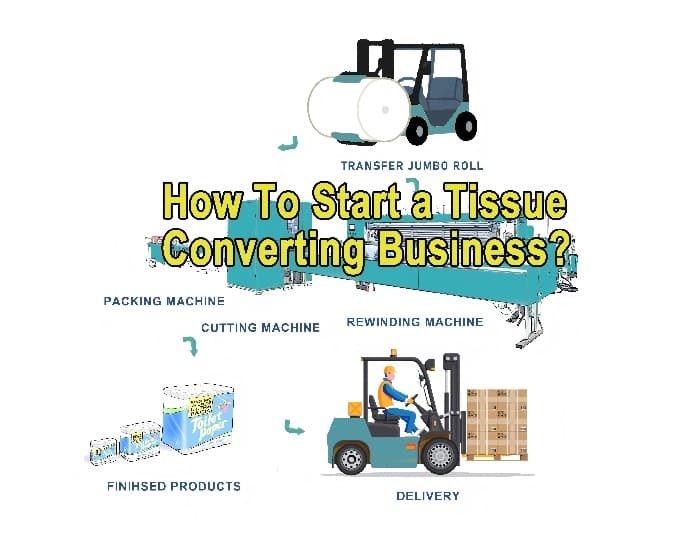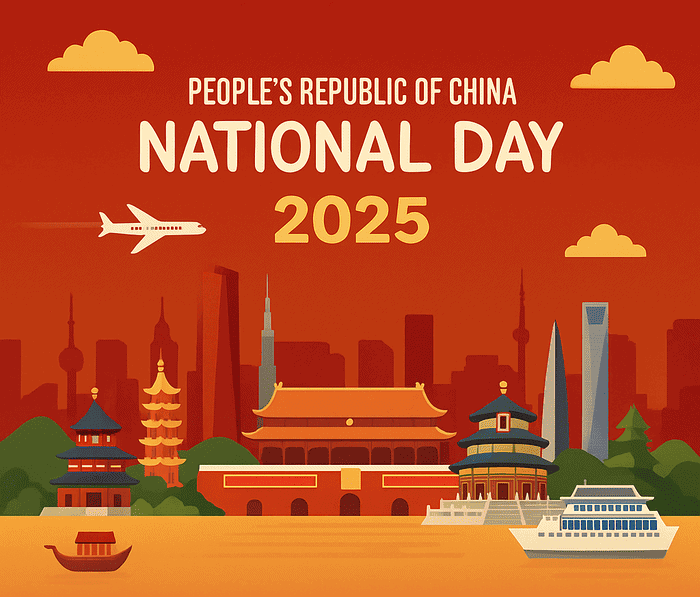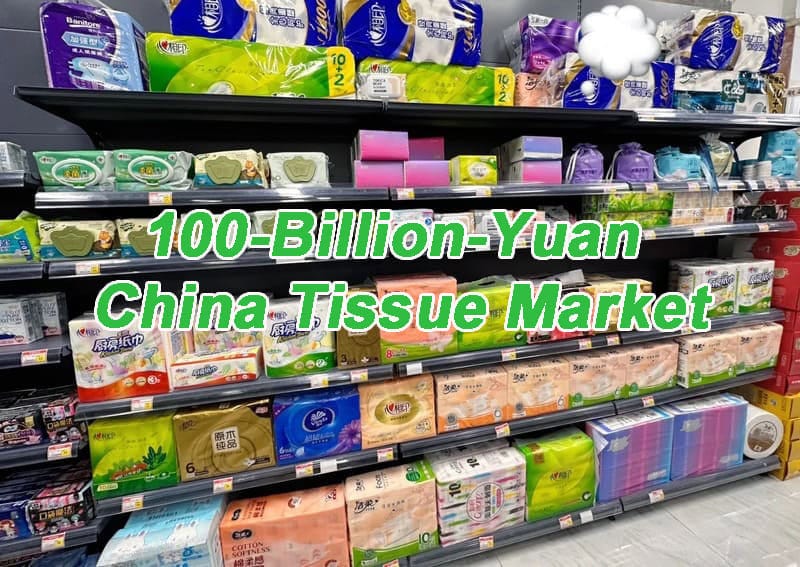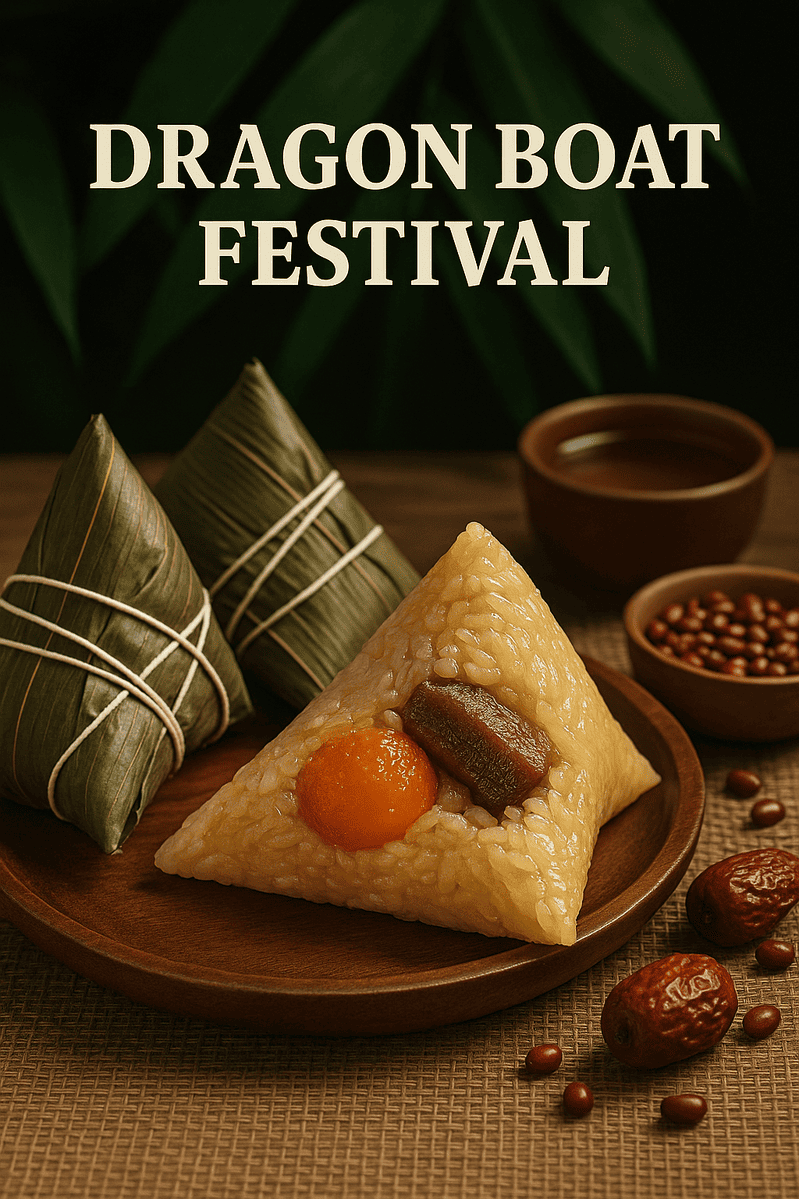Why Can’t All Kitchen Paper Towels Be Used for Food? How to Choose Safe Kitchen Paper Towels for Your Food?
Kitchen paper towels are a staple in households, serving various purposes from cleaning spills to drying hands. However, not all kitchen paper towels are safe for food contact, which raises a critical question: why can’t all kitchen paper towels be used for food, and how do we choose safe ones? This article will explore the differences between kitchen paper towels, explain why some are unsuitable for food, and offer guidance on selecting the safest options for your kitchen.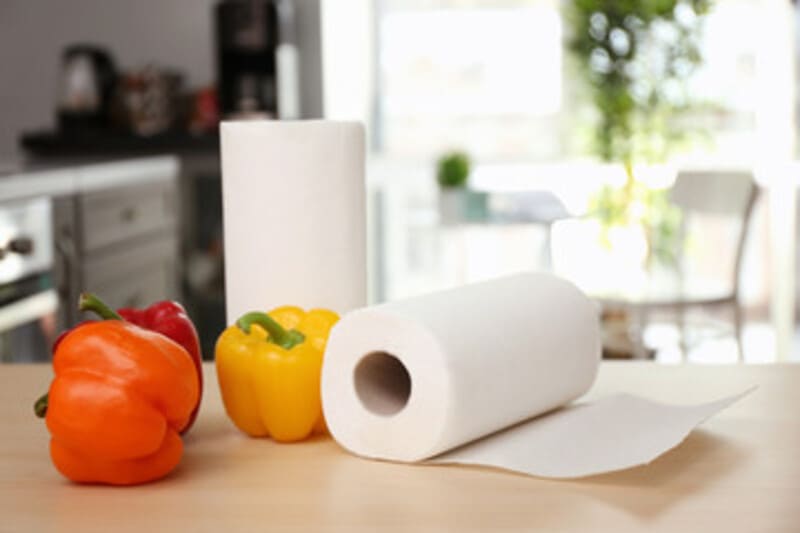
Understanding the Composition of Kitchen Paper Towels
Kitchen paper towels may appear similar, but their composition can vary significantly. The primary materials used include:- Wood Pulp: Most paper towels are made from virgin wood pulp, a natural, biodegradable material.
- Recycled Paper: Some brands use recycled paper, which is environmentally friendly but may contain contaminants.
- Bleaching Agents: Paper towels are often bleached to achieve a white color. Common bleaching agents include chlorine, which can leave harmful residues.
- Additives: To enhance absorbency, strength, and texture, manufacturers may add chemicals, adhesives, and fragrances.
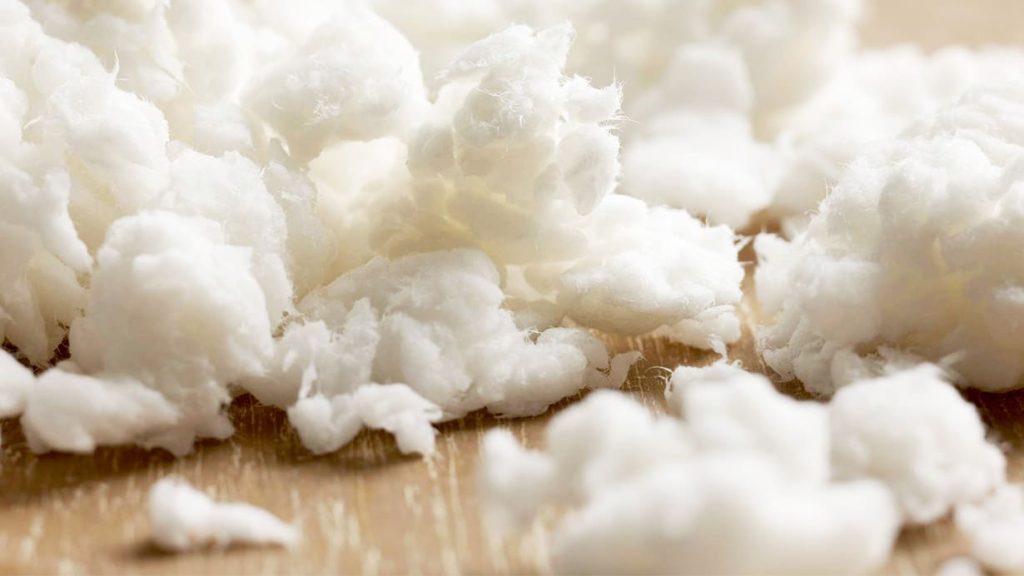
Why Not All Kitchen Paper Towels Are Safe for Food Contact
Not all kitchen paper towels are safe for direct contact with food due to the following reasons:1. Chemical Residues: Paper towels made from recycled materials or bleached with chlorine can contain harmful chemicals. When used with food, these chemicals might transfer, posing health risks. 2. Strength and Durability: Some paper towels are designed to be more durable, often incorporating adhesives or synthetic fibers. These materials can break down during use, leaving residues on food. 3. Absorbency Enhancers: Additives that increase absorbency might not be food-safe, especially when they come into contact with moist or greasy food. 4. Fragrances and Dyes: Paper towels with added fragrances or dyes can impart unwanted flavors or colors to food. These additives are typically not food-safe.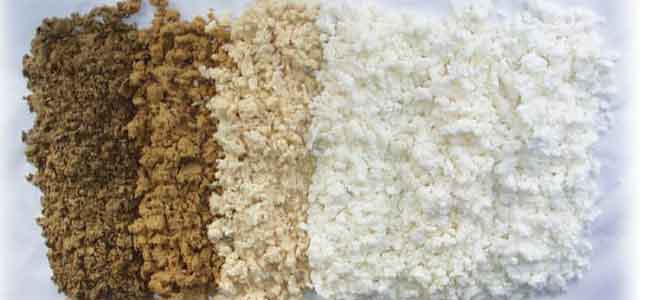
The Risks of Using Non-Food-Safe Paper Towels
Using non-food-safe paper towels with food can lead to several risks:- Chemical Contamination: Harmful chemicals can leach into food, potentially causing allergic reactions, gastrointestinal issues, or long-term health problems.
- Foreign Particles: Paper towels not designed for food use may shed fibers or particles, contaminating food.
- Altered Taste and Odor: Fragrances and dyes can alter the taste and smell of food, making it unappetizing or even unsafe to eat.
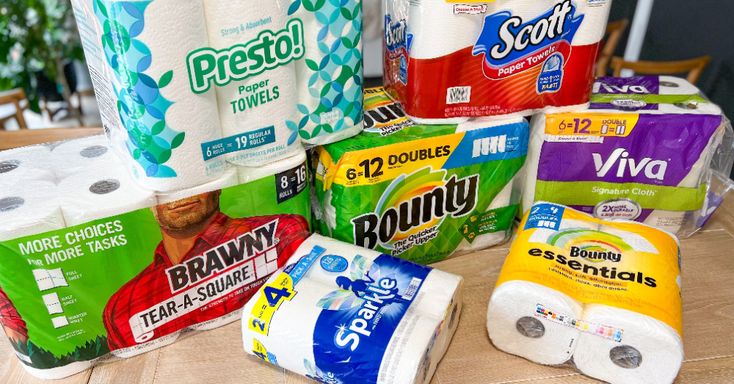
Identifying Food-Safe Kitchen Paper Towels
To ensure the safety of your food, it’s crucial to select kitchen towels paper designed specifically for food contact. Here’s how you can identify them:1. Check for FDA Approval: Look for paper towels labeled as “food-safe” or “FDA-approved.” These products are tested and certified for use with food. 2. Read the Label: Avoid paper towels with added fragrances, dyes, or synthetic materials. Opt for plain, unbleached, or chlorine-free options. 3. Look for Certification Marks: Certifications from organizations like the Forest Stewardship Council (FSC) or the Sustainable Forestry Initiative (SFI) indicate environmentally responsible and safe manufacturing practices. 4. Choose Reputable Brands: Stick to well-known brands that explicitly state their paper towels are safe for food contact. Generic or cheaper brands may cut corners on safety and quality. 5. Opt for Unbleached or Chlorine-Free: Unbleached paper towels or those labeled “chlorine-free” reduce the risk of chemical contamination.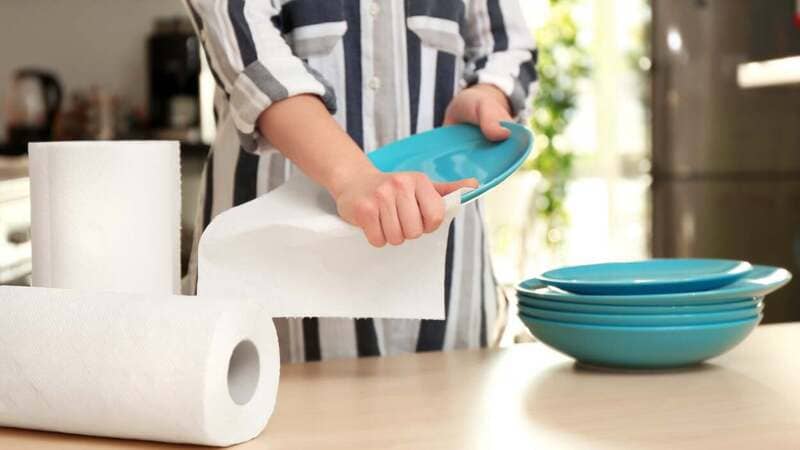
How to Use Kitchen Paper Towels Safely with Food
Even when using food-safe paper towels, it’s important to follow best practices to minimize any risks:- Use Sparingly: Use paper towels only when necessary for food contact, such as blotting oil or wrapping produce.
- Avoid Prolonged Contact: Don’t leave paper towels on food for extended periods, especially with moist or oily foods that may cause the paper to break down.
- Dispose of After Use: Always use fresh paper towels for each new food application. Reusing paper towels can lead to contamination.
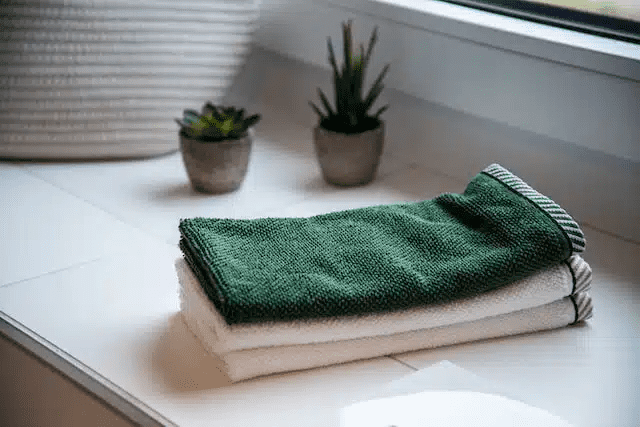
Alternatives to Kitchen Paper Towels for Food Contact
While Paper kitchen towels are convenient, consider these safer and more sustainable alternatives:- Cloth Towels: Reusable and washable, cloth towels made from natural fibers like cotton or linen are excellent for food use.
- Paper-Based Food Wraps: Food-safe wraps, such as parchment paper or wax paper, offer a safer alternative for wrapping or blotting food.
- Bamboo Towels: Bamboo paper towels are more durable, biodegradable, and often free from harmful chemicals, making them a safe choice for food contact.
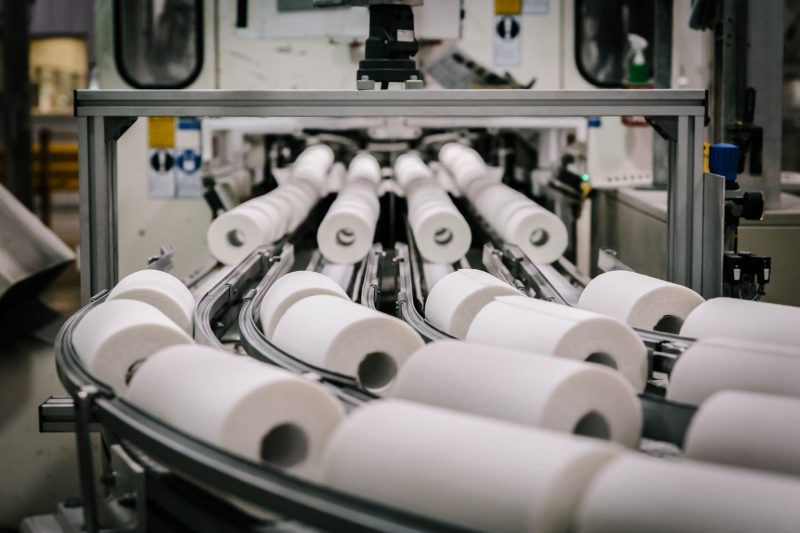
Common Myths About Kitchen Paper Towels
Several myths surround the use of kitchen paper towels with food. Let’s debunk some of the most common:- Myth 1: “All white paper towels are safe for food.”
- Myth 2: “Recycled paper towels are always better.”
- Myth 3: “Expensive brands are safer.”
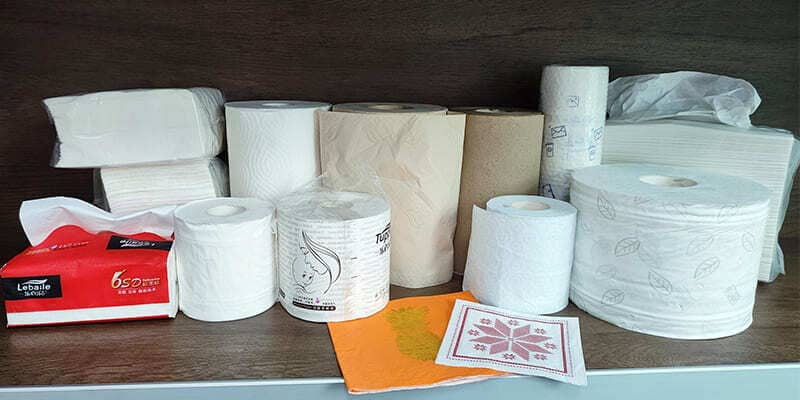
Conclusion
Not all kitchen paper towels are safe for food contact, and using the wrong type can lead to health risks. By understanding the composition of paper towels and following the guidelines provided, you can make informed decisions and choose the safest options for your kitchen. When in doubt, opt for products specifically labeled as food-safe, and consider sustainable alternatives like cloth towels or bamboo paper towels. Your health and safety in the kitchen depend on it.FAQ
1. Can I use regular kitchen paper towels to drain fried foods?
Yes, but only if they are labeled as food-safe. It’s safer to use unbleached, chlorine-free towels or specialized food wraps.
2. Are recycled paper towels safe for food contact?
Not always. Recycled paper towels may contain residues from their previous life, making them less ideal for direct food contact.
How can I tell if a paper towel is chlorine-free?
Look for labels that explicitly state “chlorine-free” or “TCF (Totally Chlorine-Free).”
4. Is it safe to use paper towels in the microwave?
Only if the paper towel is labeled as microwave-safe and food-safe. Avoid using paper towels with metallic prints or decorations in the microwave.
5. Can colored paper towels be used with food?
It’s best to avoid colored paper towels for food contact, as the dyes used may not be food-safe and could transfer to the food.
6. What are the best brands of food-safe kitchen paper towels?
Some reputable brands include Bounty, Viva, and Seventh Generation. Always check the label for food-safe certifications.

